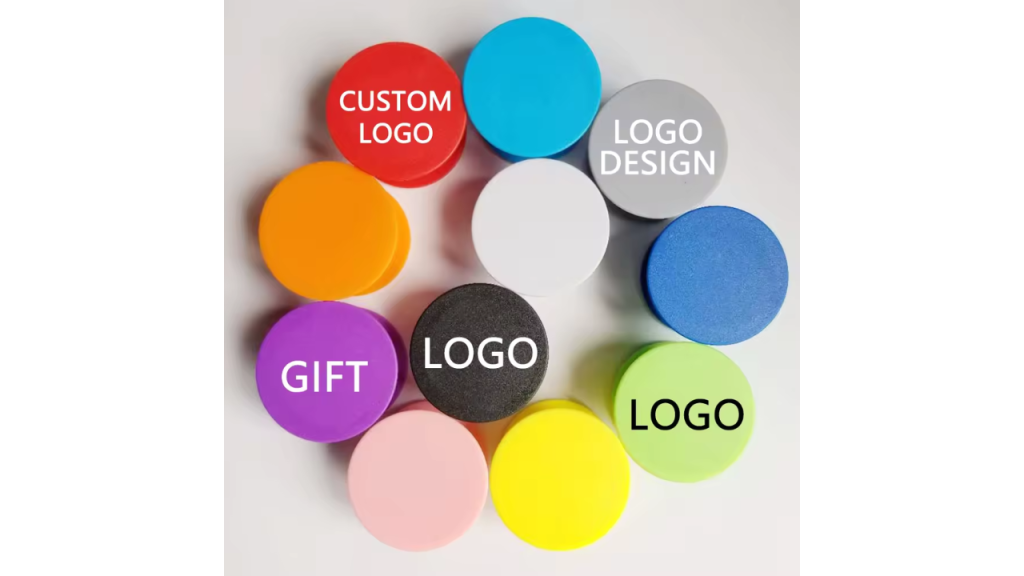Figurative language is an important part of writing that helps bring creativity, color, and excitement to stories, poems, and everyday language. When we use figurative language, we move beyond the literal meanings of words to give readers or listeners new insights and vivid mental pictures. For kids, learning about figurative language is not only fun but also helps them become better writers and more engaged readers.
In this blog post, we’ll explore some common types of figurative language, provide examples, and explain how they can be used to make writing more interesting. By the end, kids will be able to recognize and use these figures of speech in their own writing.
What is Figurative Language?
Figurative language is when words or expressions are used in a way that differs from their standard or literal meaning to create a special effect. It’s like putting on a creative lens to see words in new and exciting ways. This type of language helps readers or listeners imagine scenes, understand emotions, and grasp ideas that may be difficult to explain literally.
Types of Figurative Language
There are several types of figurative language that kids might encounter in books, poems, or even in their day-to-day conversations. Let’s take a closer look at the most common types.
1. Simile
A simile compares two things using the words “like” or “as.” It helps describe something by comparing it to something else that is more familiar.
Examples:
- “He was as busy as a bee.”
- “She swims like a fish.”
In these Simile examples, the simile compares a person’s busyness to that of a bee and a person’s swimming ability to a fish. This gives the reader a clearer understanding of how busy or skilled the person is.
2. Metaphor
A metaphor also compares two things, but without using “like” or “as.” Instead, it directly states that one thing is another, even though it’s not literally true.
Examples:
- “The classroom was a zoo.”
- “Time is a thief.”
These metaphors don’t mean the classroom is an actual zoo or that time steals like a criminal. Instead, they help convey the chaotic nature of the classroom and how time seems to slip away from us quickly.
3. Personification
Personification is when human characteristics are given to animals, objects, or ideas. This type of figurative language helps bring non-human things to life, making them seem like they have thoughts, feelings, or actions like people.
Examples:
- “The wind whispered through the trees.”
- “The sun smiled down on us.”
These examples show how personification gives nature human traits like whispering or smiling, making the scene more vivid and imaginative.
4. Hyperbole
Hyperbole is an extreme exaggeration used to emphasize a point. It’s often used for comedic effect or to make something sound more dramatic.
Examples:
- “I’m so hungry I could eat a horse.”
- “I’ve told you a million times!”
Of course, no one could eat a horse or count to a million easily, but these hyperboles help stress how hungry someone is or how often something has been repeated.
5. Onomatopoeia
Onomatopoeia is a type of figurative language where words imitate the sounds they describe. These words help bring sounds to life in writing.
Examples:
- “The fire crackled in the fireplace.”
- “The bee buzzed past my ear.”
These examples use words that mimic the actual sounds of crackling fire and buzzing bees, adding realism to the scene.
6. Alliteration
Alliteration is the repetition of the same initial consonant sound in multiple words close together. It’s often used in tongue twisters and can make writing more musical or fun to read.
Examples:
- “Sally sells seashells by the seashore.”
- “Peter Piper picked a peck of pickled peppers.”
These examples show how alliteration makes phrases catchy and memorable.
7. Idioms
An idiom is a common phrase or expression that doesn’t mean exactly what the words say. Instead, idioms have meanings that are understood by people in a particular culture or group.
Examples:
- “It’s raining cats and dogs.”
- “Break a leg!”
These idioms don’t mean actual animals are falling from the sky or that someone should literally break a leg. Instead, they mean it’s raining heavily, and “break a leg” is a way to wish someone good luck.
8. Symbolism
Symbolism is when an object, person, or situation has a deeper meaning beyond its literal one. Symbols help express ideas or emotions in a more complex way.
Examples:
- “A heart symbolizes love.”
- “A dove represents peace.”
In these examples, the heart and the dove aren’t just ordinary objects; they symbolize feelings and ideas that are widely recognized.
Why is Figurative Language Important for Kids?
Understanding figurative language helps kids become more skilled and creative writers. When they use similes, metaphors, and other forms of figurative language, their writing becomes more engaging and enjoyable to read. It also improves their ability to express emotions and ideas in a more powerful way.
Furthermore, recognizing figurative language in the books they read helps kids better understand the author’s message, appreciate the beauty of language, and develop stronger reading comprehension skills.
Tips for Using Figurative Language
- Start small: Begin by adding simple similes or metaphors to your sentences.
- Be creative: Think of unusual comparisons to make your writing stand out.
- Read a lot: Look for examples of figurative language in books, poems, and even songs.
- Check your work: You can use tools like a figurative language checker to spot figurative language in your writing and ensure it’s being used correctly.
Conclusion
Figurative language is a fun and important tool for young writers. By learning how to use similes, metaphors, personification, and other forms of figurative language, kids can make their writing more engaging, colorful, and imaginative. Whether they are writing a story, poem, or essay, figurative language adds a special touch that makes their words come alive.
Encourage your kids to play with language, explore new comparisons, and enjoy the process of making their writing more expressive and creative!



